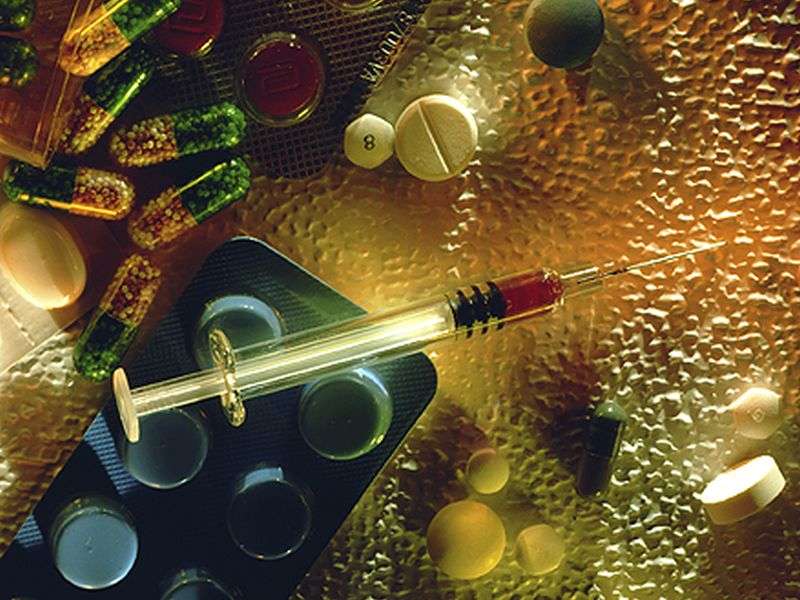Many addicts going without meds that curb opioid abuse

(HealthDay)—The United States is in the grip of an epidemic of opioid abuse. However, new research suggests that drugs that help addicts kick their habit after hospitalization are too seldom used.
"Given the high rates at which follow-up services are not provided," the fact that many opioid abusers don't get anti-addiction meds is a "concern," says a team led by Sarah Naeger of the U.S. Substance Abuse and Mental Health Services Administration.
Her team noted that, according to 2013 federal government data, nearly 1.9 million Americans are now addicted to opioids such as Oxycontin, Vicodin, Percocet, fentanyl and even heroin. In fact, the U.S. Centers for Disease Control and Prevention estimates that more than half of all fatal drug overdoses in 2013 involved an opioid.
The issue made news again Thursday when it was revealed that an overdose of one powerful synthetic opioid painkiller, fentanyl, was behind the April 21 death of music icon Prince.
Often, addicts who overdose or encounter other drug-related issues are hospitalized. Current post-discharge recommendations include the receipt of medicines such as buprenorphine, naltrexone and methadone, to help the patient kick the opioid habit.
These medicines reduce opioid cravings, help relieve opioid-withdrawal symptoms, improve treatment adherence and reduce illegal opioid use.
But how often do these medicines actually make it to patients? To find out, Naegar's team examined data on more than 35,000 U.S. adults under the age of 65. All were hospitalized for opioid abuse, dependence or overdose between 2010 and 2014.
In the month after leaving hospital, less than 17 percent of patients received a medication for opioid use disorder, the study found.
That could have repercussions for re-use of opioids: The study also found that in that same month, more than a fifth of patients filled an opioid painkiller prescription.
So what medicines were patients getting to help them instead? According to the study, antidepressant prescriptions were filled by 40 percent of patients, antipsychotic prescriptions were filled by 16 percent, and prescriptions for benzodiazepines (drugs such as Ativan, Valium and Xanax) were filled by 14 percent.
And, 35 percent of patients did not fill any prescriptions at all in the month after hospital discharge.
Naeger's team also noted that more than 7 percent of patients filled prescriptions for both a benzodiazepine and an opioid painkiller. That could spell trouble, since use of the two medications together puts patients at risk for serious or life-threatening problems, the researchers said.
The fact that most addicts may not receive anti-addiction drugs after hospitalization is troubling, Naeger's team said. These drugs "provide a safe, controlled level of medication to address the physiological effects of opioid addiction and can be safely administered for as long as needed," the study authors said.
It isn't clear why so many patients aren't receiving this recommended therapy, the researchers said. "Further research will be needed," they wrote, to determine what can be done to improve outreach and recovery for people addicted to opioids.
The study was published online June 1 in the journal Psychiatric Services in Advance.
More information: The U.S. Department of Health and Human Services has more about opioids.
Copyright © 2016 HealthDay. All rights reserved.















